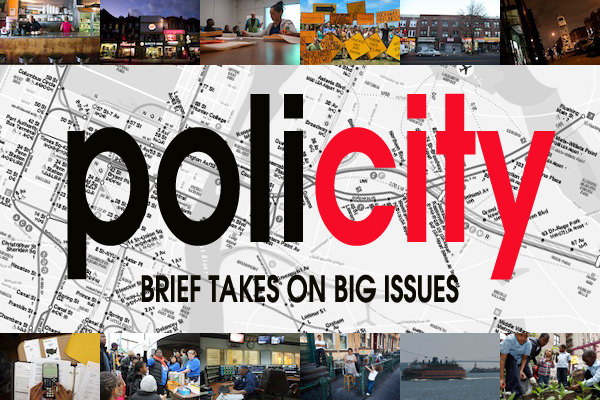
Photo by: M. Fader, P. Gabel, A. Talwar, K.A. Cote, J. Murphy, N. de Mause, O. Morrison, G. Flynn
There are better ways to celebrate Earth Day than sitting at your computer. But if you can’t make it out to, say, the Twin Islands Loop near Orchard Beach, you can at least learn more about how what local pollution looks like thanks to the U.S. Environmental Protection Agency’s Toxic Release Inventory.
The TRI is nothing new. Created after the Emergency Planning and Community Right-to-Know Act was passed in 1986, it’s been accessible online for years. But the EPA keeps creating new and interesting ways to access its data, which cover releases of over 650 chemicals deemed harmful to human health and life or to the environment—everything from aluminum dust to zinc.
Right now, you can …
Depending on your expectations, what you learn can unsettle, puzzle or even reassure. Whatever your reaction, it ought to be taken with a grain of salt. On one hand, some pollution might not get reported to the TRI. On the other, the mere presence of a chemical release somewhere near you might not be cause for concern. If we wanted to eliminate the possibility of all pollution, we’d ban all industry and the middle-class jobs that go with it.
But central to the environmental movement has been the principle of “right to know”: the idea that people had a right to understand the toxins to which they were being exposed. So, exercise that right. And do check out Twin Islands if you can.








